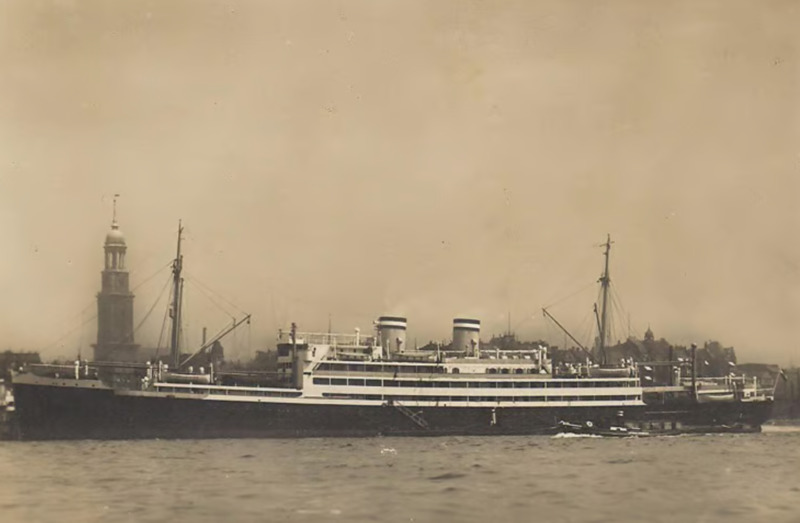Introduction
On October 22, 1938, a steamship called Orinoco arrived in Veracruz, Mexico carrying 21 Jewish refugees, all of whom carried tourist visas, hoping to find refuge in Mexico temporarily as they fled Nazism. While at least six of these refugees escaped from concentration camps in Austria and would in no uncertain terms face death without sanctuary, Mexico’s Ministry of the Interior and Lázaro Cárdenas’ office adamantly forbade the Jews from disembarking. Cárdenas’ decision remained firm in spite of immediate and intense protests from various Jewish groups within Mexico and the Israelite Chamber of Industry and Commerce going so far as to address President Cárdenas directly, begging him to allow the refugees to remain in the country temporarily until they could obtain permission to enter another country. It was only in the face of mounting international criticism from the US and France, when the Mexican Ministry of Foreign Affairs instructed minister plenipotentiary in Paris, General Leobardo Ruiz, to explain that the decision to refuse entry was justified because “certain individuals, especially of Semitic origin, were trying to enter Mexico in violation of the respective laws by registering as tourists when in reality they were immigrants who did not comply with the prerequisites established by immigration law.”
The steadfast position of Cárdenas and his government to refuse entry to Jewish refugees aboard the Orinoco is emblematic of the contradiction between Mexico’s image as a traditional port of refuge and its refusal to accept a generally categorized undesirable population facing extermination. However, while examining this contradiction will be the focus of this exhibit, it is important to understand that the blanket refusal to admit entrance to Jewish refugees even as the threat to their lives escalated exponentially throughout the 1930s was not unique to Mexico, but rather characteristic of a global policy trend as the international community reacted to an unprecedented refugee crisis.
Throughout this investigation I will use both secondary scholarship and a plethora of visual and textual primary sources to argue that while in collective memory, the idea prevails that during the 1930s and 40s, Mexico offered outright mass protection to peoples persecuted by totalitarian dictatorships around the world, including Jews fleeing Nazism, vast documentation reveals that these factors produced a largely ineffective response that was unique to the Jewish case (Gleizer 30). In the end, a combination of external and internal factors including the country's political project of Mestizaje, changing relationship with the US, influence of Western powers, and the role of Jewish organizations within Mexico shaped Mexico’s response to the global Jewish refugee crisis between 1933 and 1945.
